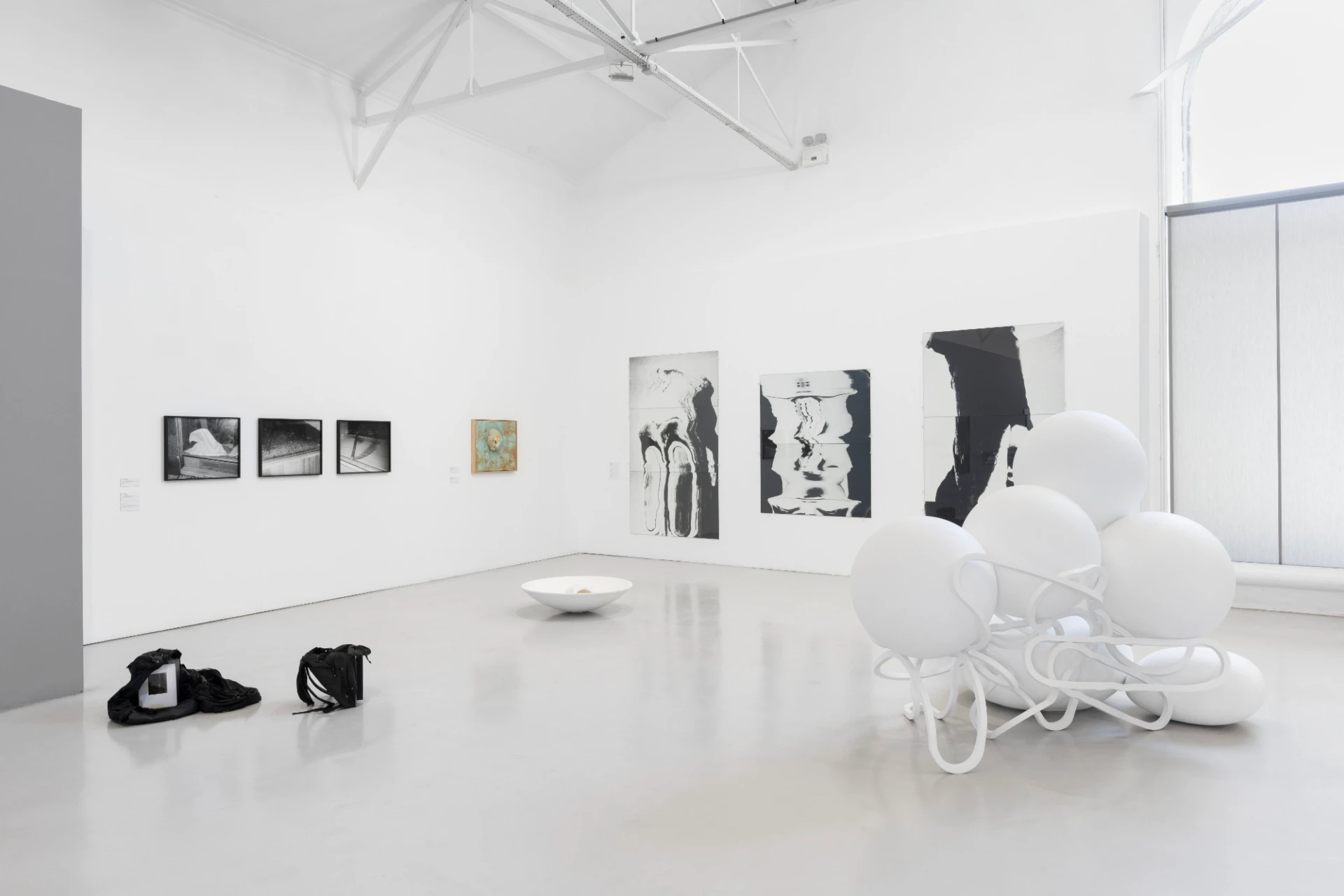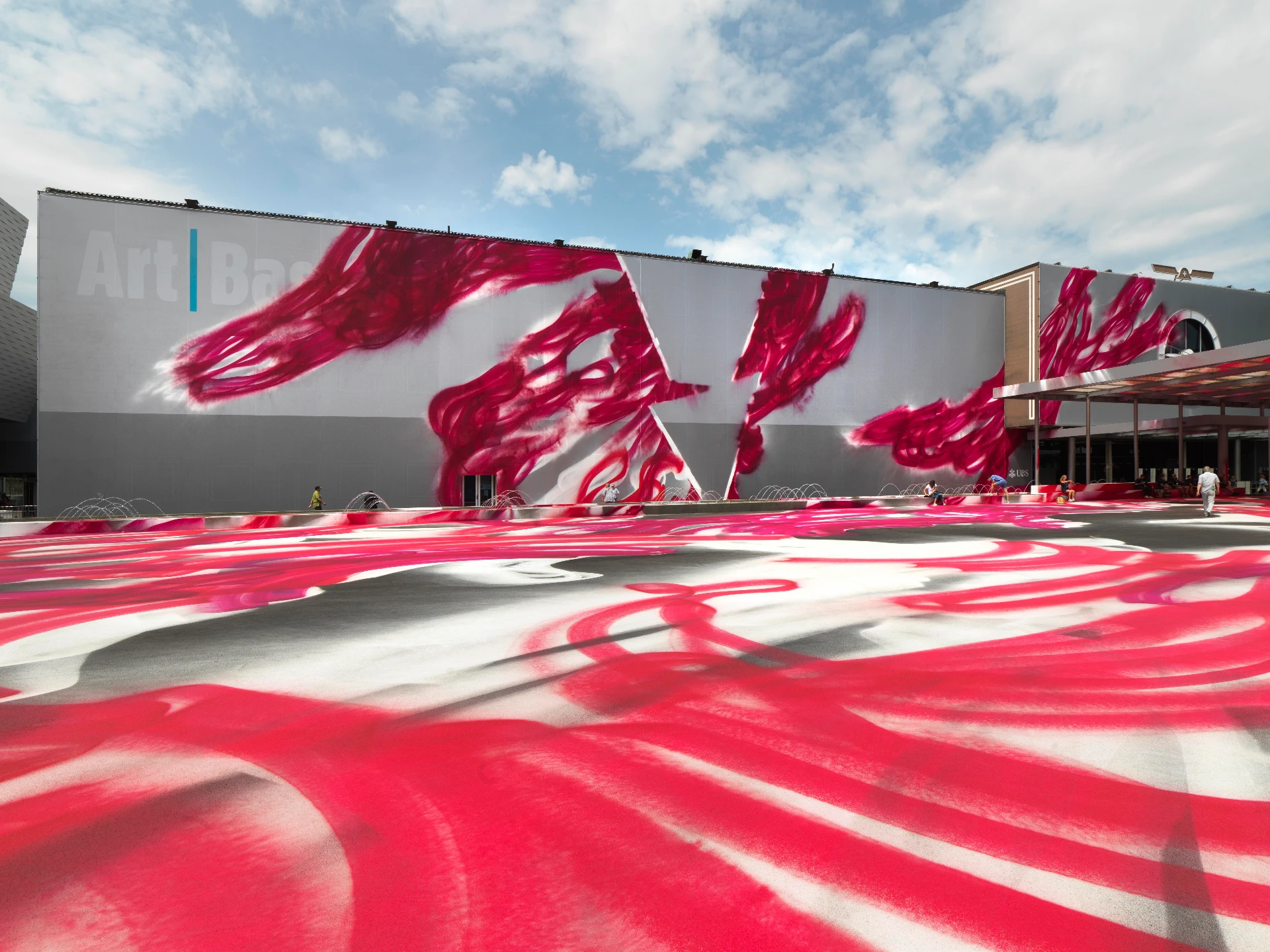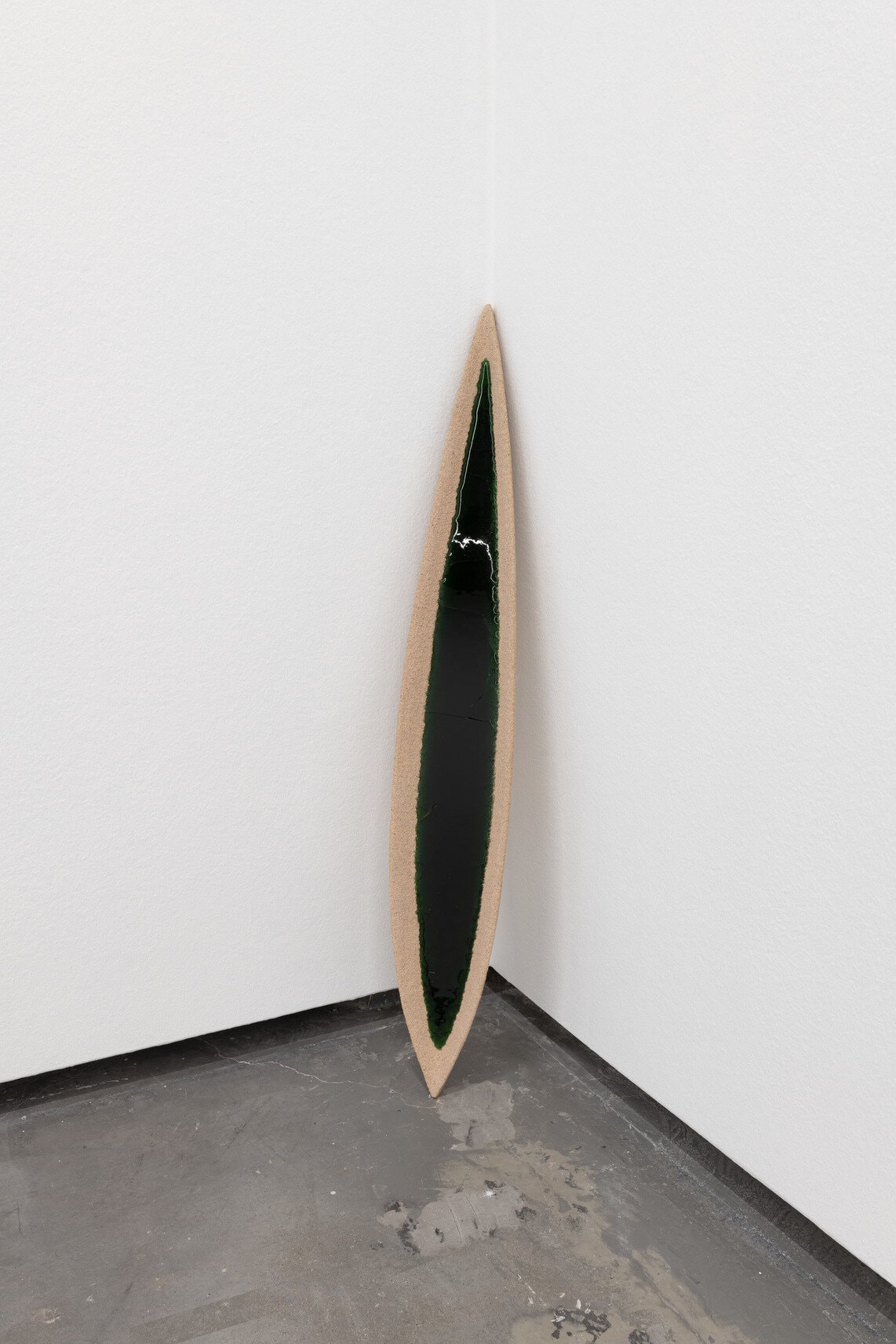article
Weaves of Worlds Under Construction – Walk&Talk returns as a Biennial
End of September, end of summer, prelude to autumn and its regeneration process. This is true for the natural world, as well as for Walk&Talk, which returned this same season in its first edition as a biennial. Although the Biennial is no longer an annual gesture, it ends up being as organic, destructural, and radical (from the Latin radix, root) as the autumnal one. That is, periodically, a set of actions exposes skeletons and strips away structures, returning to foundations and choreographing a cycle that disrupts identities, borders, and systems of meaning.
This dis-organization, intrinsic to Autumn and the Biennial in each edition, is not destructive—quite the contrary, it operates in deconstruction1. That is, it operates through a series of efforts that question whether we can remain in movement, whether we can "remain deterritorialized."2 In other words, Walk&Talk presents itself as a means, not an end, where culture and the arts, or rather, cultural agents (human and more-than-human) and artists strive to make art—not for art's sake, but for the possibility of liberation from the capitalist world in question. But how can an arts biennial have such ambition? By building other worlds, as Enar de Dios Rodríguez aptly proposes in the audiovisual essay that opens the Biennial: "the best way to predict the future is to create it." But we'll get to that later. Before that, at the risk of repeating myself, I invite the reader to return to the text I wrote last November (Walk&Talk – A Biennial of Abundant Affections and Meaningful Gestures), where I elaborated on artistic director Jesse James's proposal for the Biennial, as well as the curatorial team—Claire Shea, Fatima Bintou, and Liliana Coutinho—for this inaugurating edition.
Having introduced this text with a temporal (chronological and meteorological) orientation, it is important to emphasize the geographic space in which the Biennial unfolds. This is because São Miguel, in the Azores, encompasses an insular condition, that is, where the end does not truly seem like an end, and the beginning does not appear to represent the inaugural. There is a local-global permeability enhanced by the territorial, marginal, central, and liminal condition that disrupts the spatiotemporal condition itself. And yet, like the seasonal operation, the Biennial does not act solely during and before a central and occasional focus—on the contrary, it depends on an entire relational and procedural work that never abandons the island, the archipelago, the ocean, and the interrelationship with that reality.
Before we expand on the Biennial, it's worth revisiting the reflection of Maria Inés Plaza, editor and founder of the journal Arts of the Working Class, in a beautiful text entitled Art Critique as Midwifery of a Shifting Consciousness: "What would it mean to analyze an exhibition [or biennial] not by assessing its success or failure, but by asking the following question: what kind of world does this work seek to inhabit or propose?"3 Plaza calls for a critique that moves away from a notion of judgment and toward a practice of mediation, similar to that of a doula, attending to and supporting what is still becoming language. The question ceases to be about what a given artistic, critical, or cultural work says, but about what it attempts to create. I apply this approach to this text.
Let's return to the opening weekend. September 25th, eight o'clock in the evening (one hour behind the Greenwich Meridian), Praça do Município, Ponta Delgada, São Miguel, Azores, World(s). We situate ourselves in this tangle of space-time references to open another, one that overflows and flows from within, like a wave, exactly as dictated by the etymology of abundance, the watchword of this first edition: Gestos de Abundância. In this first moment, which took the form of a community dinner, we began by listening to the opening speech given by the core team. We were shown around the Biennial House, a meeting point for information and reflection that functions, throughout the months of official activity, as a support for the program, registration, and organization—necessary due to the dispersion and variety of the programming—but not only.
When we step through the curtains into the more secluded rear area, we find a space that brings together the diverse proposals the Biennial intended to confront. On a long table, books such as The Blue Commons: Rescuing the Economy of the Sea, by Gui Standing; Common Space: The City as Commons, by Stravos Stavrides; Fiction as Basket: A Theory and Other Texts, by Ursula Le Guin; or The Poetics of Relation, by Édouard Glissant, are uncovered. Beyond the suggested readings, it's immediately clear that the books also function as an enunciation of the philosophies that guide the Biennial's mission. In a darkened room nearby, the aforementioned audiovisual essay by Enar de Dios Rodríguez, titled Ecótono (2022), is being screened. It is from this work that I suggest a reading of what unfolded at Walk&Talk, not as an intellectual illustration of artistic interventions and investigations, but as confirmation of the real, material activation of the Biennial's philosophies and mission. From here on, I cite excerpts from the film's script as short chapter headings, where I draw parallels with (some of) the worlds I encountered there.
1. The sharp contrast of the image gives the impression that for culture to begin, nature needs to end. Like in the place where pigments are is the place nature is not.
If we weren't yet certain of the Biennial's commitment to breaking with dialectical and Anthropocene thinking, responsible for organizing modern consciousness, theoretical binaries, and hierarchies of cultural agency, it became obvious from the first experiential moment of Walk&Talk. The communal dinner was joined by a concert and a DJ set, embodying the central idea, emphasized several times by Jesse James, that culture corresponds not only to intellectual thought, but also to sensory-bodily leisure. But it is not only of this dialectical deconstruction that I speak. I'm also speaking about the involvement of the bodies of the natural world in cultural practice. The next morning, we met at the central market, where Maria Emanuel Albergaria presented another of her eco-social mapping projects. In Estado de Graça, Albergaria considers the homonymous market a cultural center. As the artist aptly noted, the very etymology of the word "culture" stems from the practice of caring for the soil over the years. In a collaborative initiative, Albergaria fills a wall of the building with the history of traders, producers and suppliers, as well as the products that make up the largest market in the Azores.
2. Ah yes, the film, well the film was set in a location covered with conversations. (...) It is as if the image has been so fragmented, that is not able to take into account the complexity of all the interrelationships. (...) But, like any other perspective, this one is not individual, because it was developed collectively.
We quickly understand that there is no other way to act than through relational agency, despite humanism and individualism having taught us otherwise. From the artistic interventions it encompasses to the very structure of Walk&Talk, there is a commitment to building a collective rhizomatic network in São Miguel, which extends beyond Ponta Delgada as its central hub and the artistic entities as cultural centers. In other words, we travel the island to visit exhibitions, performances, concerts, and excursions among various spaces, fulfilling their different missions—from the Carlos Machado Museum to the Fonseca Macedo Gallery; from the Caloura Cultural Center to Vaga—Space for Art and Knowledge; from Magma to the Municipal Cultural Center; from the Arquipélago—Center for Contemporary Arts to the Lagoa Museum and the Franciscan Convent; from the Solar de Nossa Senhora do Pilar to the Boa Fruta—Pineapple Plantation and the Ateneu Comercial. These interrelationships occur not only at the institutional-spatial level, but also at the generational level, translated into a constant dialogue between past and present. The biennial was not only about new commissions in the aforementioned spaces, but also about correlations with the collections and the work done there by previous generations.
This is the weaving I refer to in the title, a web of links and bridges, of nós (connection, bond) and nós (personal pronoun, first person plural). But I speak of another weave as well—the ancient technique of weaving, preserved and nourished by the teachings of an elder's hand. Inês Coelho da Silva & Kita Rancaño Ward, in Gossip and the Commons, reclaim not only this teaching by hand, but also through gossip and song. Orality, in the transmission of non-institutionalized knowledge, can be one of the simplest (and most powerful) ways of building community. While the hand learns by mirroring, the voice is free to rehearse other ways of relating with others. Through community workshops led by members of Grandma Came to Work, a sculpture was woven from volunteer (or invasive) plants, later offered to the cows, our neighbors, from whom we take so much in this cycle of giving and receiving. At the Lagoa Museum, a video was shown featuring the conversations, the offering, and the songs. We also met the grandmothers, who sang for us.
Still reflecting on works that demonstrate interrelationships, I couldn't help but mention, even if briefly, the landscapes photographed by José Pedro Cortes. Between the human body and the bodies of Atlantic islands, formal parallels are drawn that highlight local analogies and differences on a global scale.
3. Someone once told me how seeing constellations requires connecting the points with an invisible narrative thread. (...) Did you know habitat is a verb, and not a location?
This ancient or popular knowledge, knowing without knowledge, occupies a large part of the Biennial's artistic interventions, since today it may be one of the only ways to construct these other worlds. The RESOLVE collective, for example, presents the exhibition Galavanting at Vaga, a diasporic term related to "mischief"—and their work imagines how this word, redefined, can express alternative learning processes.
Giovanbattista Tusa, in The Art of Ecstasy, Mysticism at Work, also explores a mystical ecology, where one must think without knowledge to experience other types of thought. In a reading that stems from a broader investigation of transformation and alchemy, Giovanbattista insists on the possibility of remaining in a world from which we increasingly seek to escape. Mysticism, by enabling us to receive signals from other spheres or realms, would allow us to learn by attending to failure and to a practice that de-objectifies places, beings, and knowledge, abandoning any attempt to taxonomize or petrify the world.
4. In fact, the mountain is perceived as stable, because of an optical illusion. But the mountain has always been a wave, you know?
Regarding agencies and (un)petrified places, I highlight two audiovisual works: Aclarar, by Isabel Medeiros, and Sulphur Edges, by Meg Stuart. In the former, the Azorean artist's grandparents discuss the eruption of the Capelinhos Volcano (1957, Faial Island). The visual-poetic essay goes beyond the account of the event, to which access is limited by archival footage degraded by fungus, and focuses primarily on the memorial narrative of the couple's relationship with this immense, tenebrous body with which they lived, which had been in flames for over a year. In an informal exchange, the grandfather said: "It gave the impression of a person buried, (...) who had to breathe at any cost." The grandmother, meanwhile, recalled her daily life: "I went to school, poor me, full of fear. I pressed myself against the walls, (...) because the school was beneath the Church of the Cedars. (...) The volcano could be heard in the cedars, couldn't it?
In the second, the American choreographer activates petrified places through choreographed bodies. Or perhaps she does just the opposite: activating petrified bodies through choreographed places, addressing the geothermal landscapes of São Miguel: hot springs, public beachfront pools, volcanic rocks, mine remains, and the ruins of the Monte Hotel. The film, with Aline Belfort's eye and sensitivity in camera and editing, immediately reminds us of geographer Yi-Fu Tuan's famous quote: "A space becomes a place when, through movement, we invest it with meaning." Each gesture, in this sense, ceases to be under control and is, instead, the fruit of intuitive collaboration. Lying down, hypnotized by the film, we begin to understand that the first gesture is not human, but proposed by the space, by the mundane terrain. Then, yes, by the human, guided by Stuart's live direction. Only after the movement, the warmth —by the climate, the wind, the heat, and the weather. By being observed by attentive eyes, we change our movement, we perform the displacement, we are conditioned and embraced.
5. He told me about a plant that traveled the world hidden on a vessel, then hitchhiked in the wheels of jeeps, and its alien status made them an unwanted guest in the field, an invasive species". "The plant was allowed to stay only after it became Buffalo's food.
Post-colonization was also discussed. Here I refer particularly to Ebun Sodipo's performance and Mae-Ling Lokko's research. Ebun's intimate text guides us through a history of the colonization of sex, sexuality, belonging, and identity. By playing Vitória, a trans woman kidnapped from Benin and enslaved in São Miguel in 1556, she confronts us with a desire (sadistic, stemming from pain) that oscillates between the power to name oneself (construct meaning) and the power to protect oneself (personal property). Lokko, in Smooth Cayenne Notes, worked on the production of pineapples. In the Azores, pineapples are of the same lineage as those in Ghana and the Philippines, where the artist and architect is from. By studying the process of identifying friendships and routes—that is, the search for other species and plants that come into contact with the pineapple isolated in monoculture—she discovered that it is after its "death" that it becomes abundant and supportive. In Ghana, the high-value pineapple collaborates with the low-value sorghum, not only for livestock feed but also in the production of various pigments that dye the textiles (hung on a grid, like the greenhouse architecture) that the artist presents alongside the pineapples. Abundance is, in fact, solidarity. We are the invasive species.
6. Ah yes, the same night i fell asleep thinking that collapse is also a revolt. Yesterday he sent me the link to a map in which red dots showed the locations of actively burning fires around the world. He compared it to Prometheus, who defied the gods by stealing fire and giving it to humanity.
Odete, in a lecture-performance-DJ set at the Ateneu Comercial, projected exactly the same idea, while asking us to dance: "Our Gods are vengeful because they are feared. We carry within ourselves all the others who were repressed – and they refuse to continue that way. Let the faggots burn within and destroy the world." If there were space, it would be worth expanding on Nadia Belerique's video, Lucy Bleach's research, or even Helle Siljeholm's participatory performance. Between the masculine daily life of tuna fishing; a fantastical hole in a Tasmanian backyard that communicated with the Azores through infrasound traces; and the underwater and mystical relationship with a volcano that no longer erupts, we understand that abundance is not allegorical, nor necessarily part of capitalist rhetoric. It is queer, feminist, and intimate. Local, global, and real. And as the Invisible Committee rightly says, “the real is that which resists.”
The biennial takes place between 25 de setembro e 30 de novembro de 2025, with several moments that include excursions, workshops, symposia (November 7 to 9) and a closing program (28 to 30 of the same month).
7. Oh no, there were no metaphors in the film, but the acting was spectacular. The main protagonist was a cellular proletarian, laboring, restlessly to produce you inside out, like me. Every night, it dreams about creatively sabotaging the imposed future.
1 In Derridean terms – a gesture that constructs while disorganizing.
2 As Deleuze and Guattari appeal.
3 Plaza Lazo, M.I. (2025) Art critique as midwifery of a shifting consciousness, Arts of the Working Class. Disponivel em <https://artsoftheworkingclass.org/text/art-critique-as-midwifery-of-a-shifting-consciousness>.
BIOGRAPHY
Benedita Salema Roby (b. Lisbon) has a degree in Art History (2019) and a master's degree in Aesthetics and Artistic Studies (2022) from the Faculty of Social Sciences and Humanities of Universidade Nova de Lisboa with the dissertation ‘Graffiti: Considerations on the Aesthetics of Transgression in the Public Space of the City’. She is currently doing her PhD in Artistic Studies - Art and Mediations at the same institution, where she is developing a research, with funding from the FCT, centred on the potential for societal and collective liberation around transgressive (artistic) practices such as graffiti and political graffiti. On this theme, she also participates in the making of documentaries and organises workshops on practice and thought for young people. Her thesis project, entitled ‘The Deconstruction of the (Experience of the) City and the Construction of the Counter-Public Sphere: Transgressive Creative Writing, Aesthetics and Politics’, is supervised by Cristina Pratas Cruzeiro and Joana Cunha Leal. As well as academic publications, he writes about emerging artists and visual and performing arts exhibitions for independent magazines such as Umbigo and Sem Título.
ADVERTISING
Previous
article
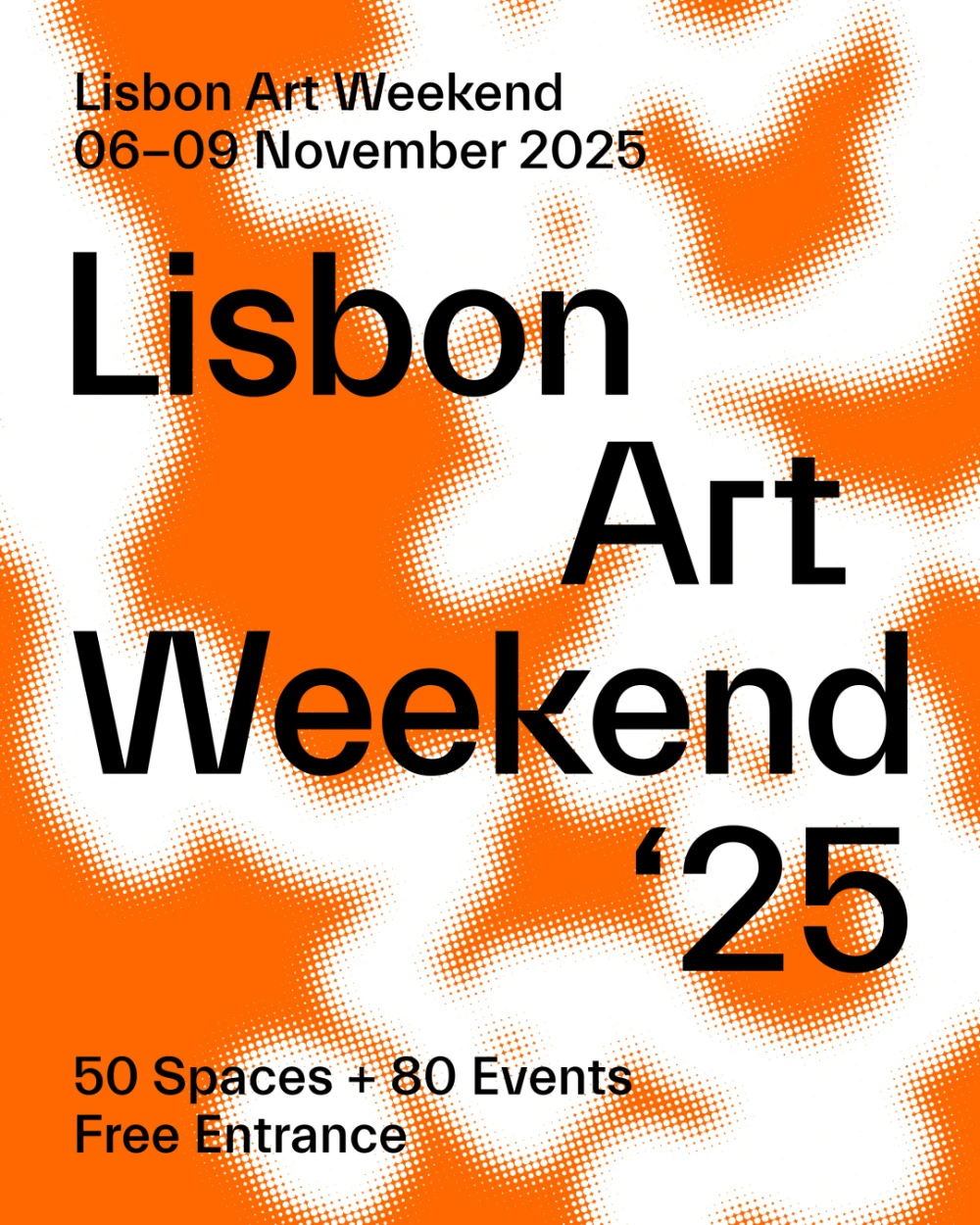
29 Oct 2025
7th edition of Lisbon Art Weekend, from November 6th to 9th
By Umbigo
Next
article
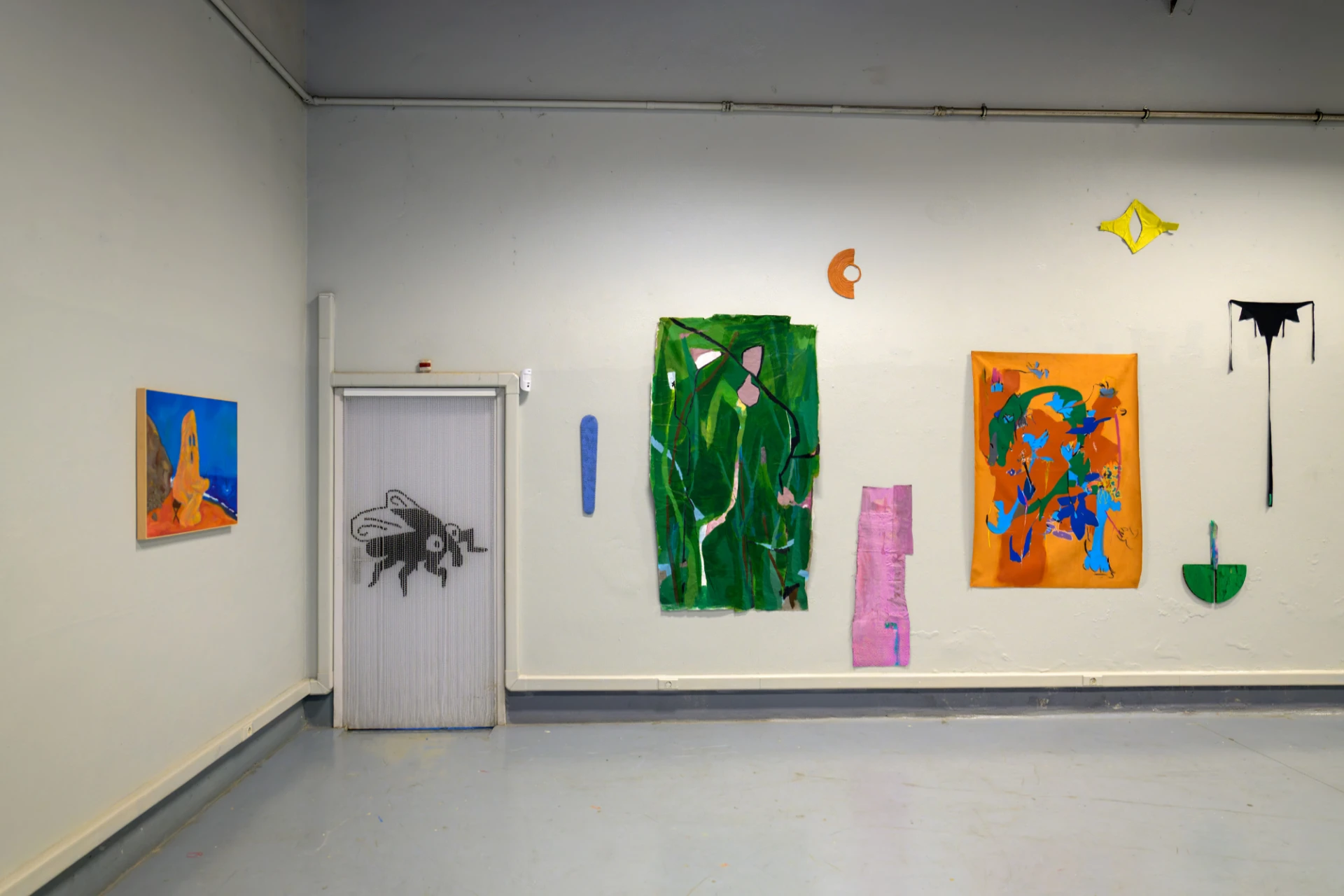
30 Oct 2025
Arte Jovem Fundação Millennium bcp 2025
By João Pedro Soares
Related Posts

